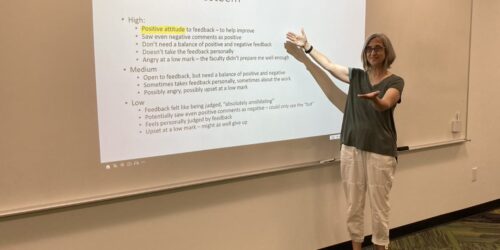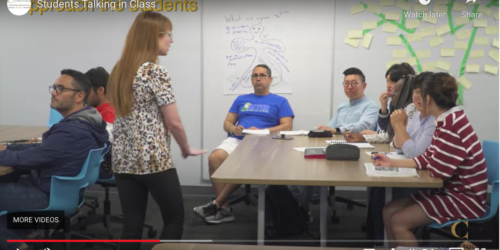Ready, Set, Teach! Navigating Pre-Class Jitters and Setup
Reading Time: 3 minutesYou’ve got your lesson planned, your water bottle filled, and your slides ready, but still, you’ve got butterflies in your stomach as you approach the classroom 10 minutes before the class start time. It’s pretty normal to feel a range of emotions in those minutes before starting to teach: nervousness, excitement, uncertainty, anxiety, anticipation . . . Getting your class...















